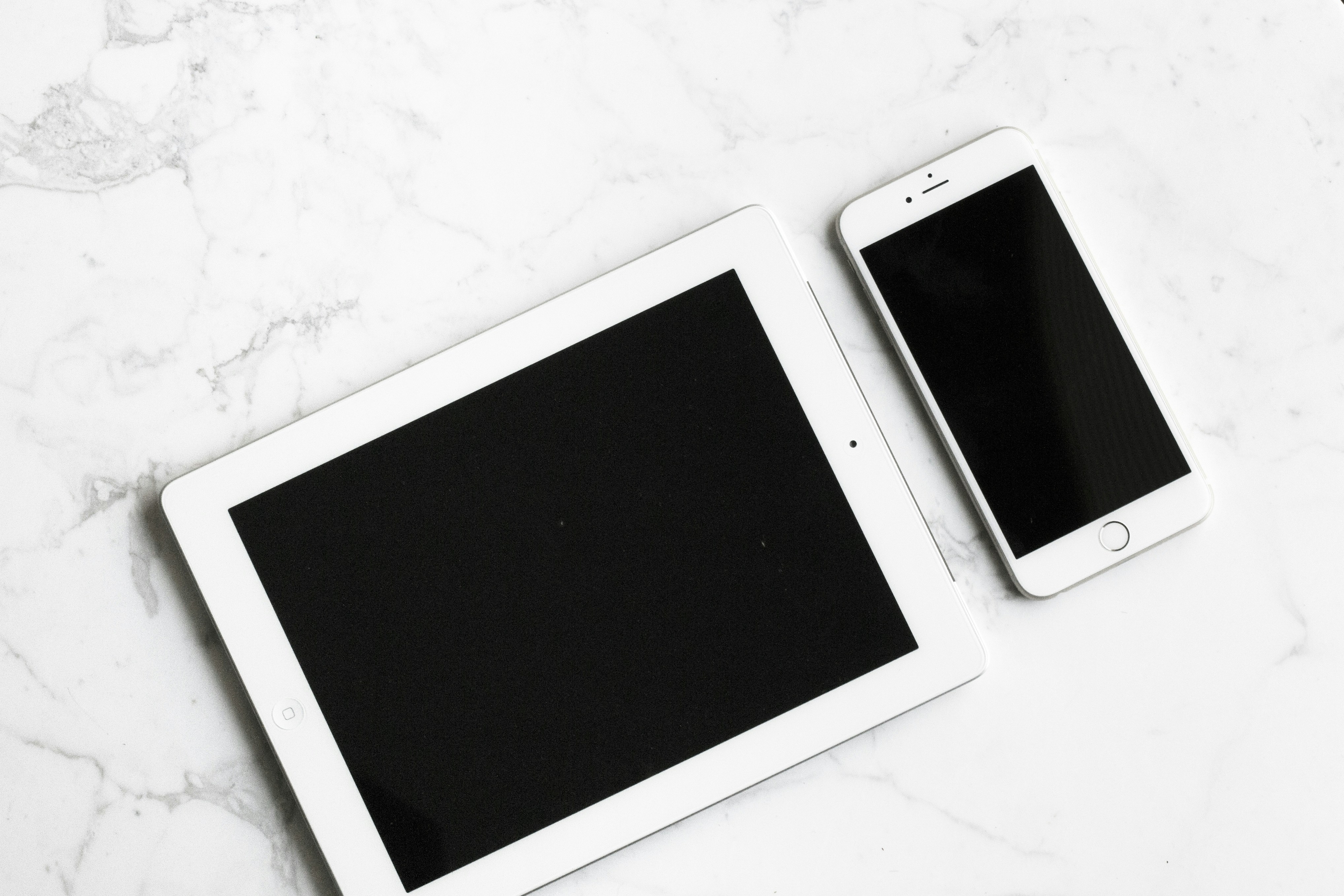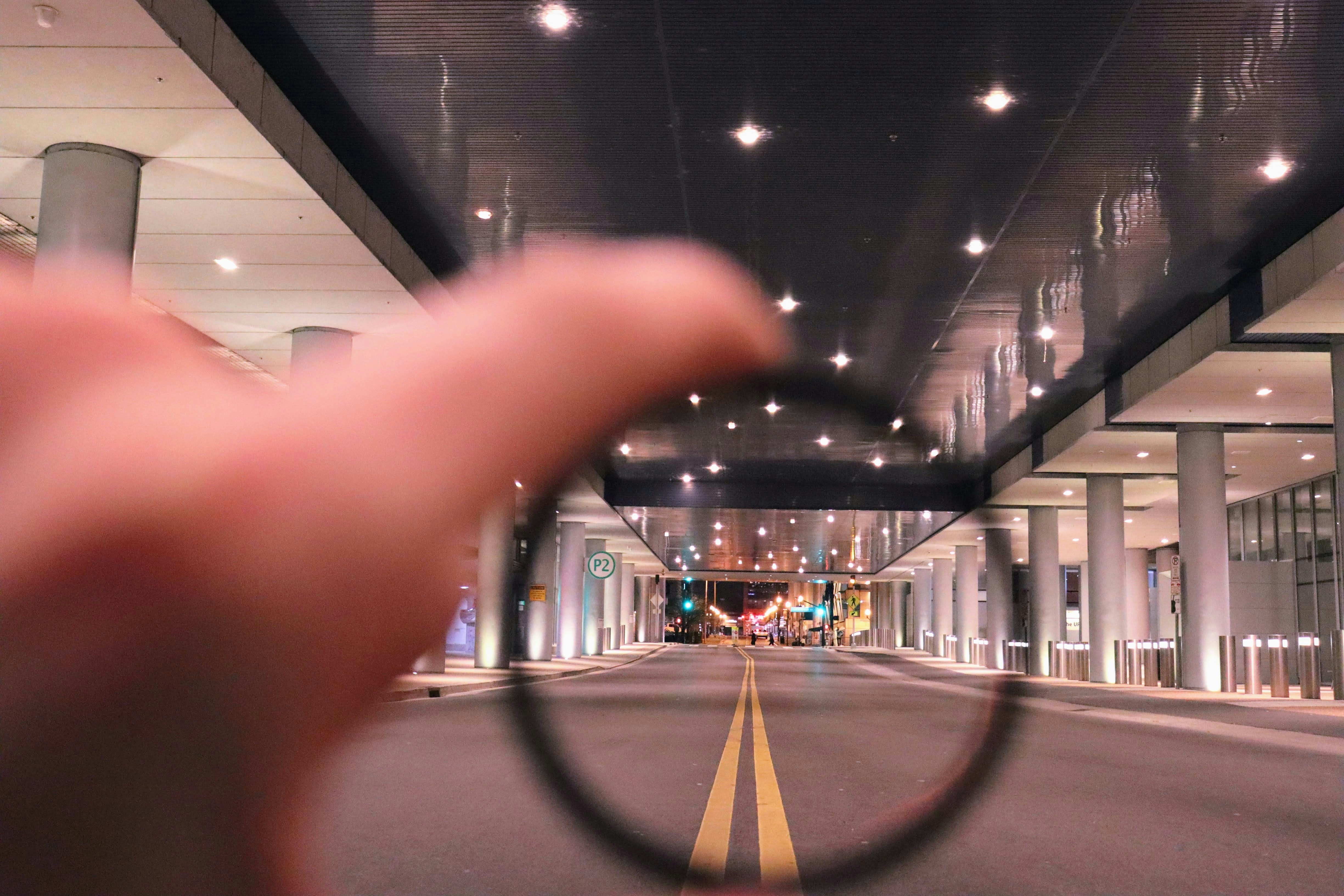Gamifying Productivity: Transform Your Workflow Through Play
Revolutionizing the way we approach work and skill development is not just a dream—it's an achievable reality through gamification. At its core, gamifying productivity utilizes game design principles to enhance engagement and motivation, making daily tasks feel less like chores and more like exciting challenges. Imagine approaching your daily grind with the same excitement you feel while playing your favorite video game. This article delves into how incorporating game mechanics can supercharge your workflow, develop your skills, and ultimately lead to a more fulfilling and productive life.
What Is Gamification and Why Does It Matter?

At its essence, gamification is the integration of game elements into non-gaming contexts to encourage user engagement and loyalty. Think of it this way: just as players in a role-playing game take on quests to level up or earn rewards, we can adopt a similar mindset toward our daily tasks. This method is critically important in a world where distractions abound, and motivation can easily wane. According to research by Gallup, employees who feel engaged at work are 21% more productive—an insight that underscores the potential benefits of gamifying productivity.
By infusing our routines with game-like elements, we can create an environment where challenge and achievement coexist, enabling us to harness the power of play to achieve our professional goals.
Unpacking the Game Mechanics: Points, Levels, and Rewards

To effectively gamify productivity, it's essential to understand which game mechanics can be applied to work. Here are some of the most effective principles:
Points and Scoring Systems

In games, points are awarded for completing tasks or achieving certain milestones. By setting up a scoring system for your own work, you can turn mundane tasks into engaging challenges. Start tracking small achievements—like completing a project or even finishing a single task—and assign points for each completed item. This can serve both as motivation and a tangible way to measure your progress.
Levels and Progression

Just like in video games, where players advance from level to level by completing challenges, you can implement a leveling system in your workflow. Define levels based on your long-term goals, breaking them down into achievable milestones. As you complete tasks and accumulate points, you can progress to higher levels, leading to a rewarding sense of achievement. This approach aligns perfectly with the psychological principle of incremental progress, which states that small wins can boost confidence and morale.
Badges and Achievements

Recognition can significantly enhance motivation. Implementing a badge system where you earn digital trophies for accomplishing specific tasks or challenges can increase engagement. Whether it's completing a certain number of sales calls in a day or mastering a new skill, these achievements can provide a sense of pride and accomplishment that encourages continued effort.
Challenges and Competitions

Setting personal or team challenges adds a competitive edge to the work environment. Challenge yourself to complete specific tasks within a given timeframe, or create friendly competitions with colleagues to see who can complete their responsibilities more efficiently. This not only fosters a spirit of teamwork but also injects excitement into your daily routine.
Feedback Loops

Gamification thrives on immediate feedback. In traditional work environments, feedback can be delayed or superficial, leading to uncertainty about performance. By incorporating regular feedback loops—such as weekly reviews or progress check-ins—you can gain insights into your progress, recalibrate strategies, and stay motivated.
Benefits of Gamifying Your Productivity

Incorporating game design principles into your workflow offers a myriad of benefits that can enhance both personal and professional life.
Enhanced Engagement and Focus

When tasks are perceived as a game, they automatically become more engaging. This gamified approach can lead to greater focus and creativity, turning repetitive or tedious tasks into enjoyable endeavors. According to a study published in the Harvard Business Review, employees reported increased satisfaction and performance after incorporating gamified elements into their work routines.
Improved Skill Development

Gamification encourages continuous learning and skill development. As you challenge yourself to reach higher levels, you're likely to discover new techniques and strategies that enhance your abilities. This practiced learning mirrors the concept of deliberate practice, where continuous effort leads to mastery over time.
Increased Motivation

The motivational effects of gamification are powerful. Earning points, badges, and rewards taps into the brain's chemicals that are linked to positive reinforcement, such as dopamine. This chemical boost can create a positive feedback loop, propelling you forward in your work and motivating you to tackle even the most daunting tasks.
Fostering Collaboration

When done in team settings, gamification can improve collaboration and camaraderie. Team challenges can lead to stronger bonds among colleagues, fostering a supportive atmosphere that enhances overall team dynamics.
Reducing Stress

Lastly, gamifying productivity can transform the way stress manifests in our work lives. By framing obligations as fun challenges or engaging quests, we can cultivate a lighter mindset, making it easier to manage stress and anxiety while still achieving high performance.
Practical Steps to Gamify Your Daily Workflow

Now that we understand the principles and benefits of gamifying productivity, let's dive into practical steps you can take to incorporate these strategies into your daily routine.
Step 1: Identify Your Goals

Start by clearly defining your short-term and long-term goals. Are you looking to enhance your productivity at work? Or perhaps you want to develop new skills in your personal life? Identify specific, measurable objectives as a foundation for your gamified approach.
Step 2: Develop a Point System

Create a point system based on tasks and accomplishments relevant to your goals. You might earn one point for completing a task, five points for finishing a significant project, and ten points for achieving a long-term milestone. Write down your scores in a visible place or track them through an app.
Step 3: Establish Levels

Create levels to represent varying degrees of achievement. For instance, the first level may require you to gain a total of 50 points, while levels two and three could ramp up to 150 and 300 points, respectively. As you reach these milestones, take time to celebrate your progress.
Step 4: Create a Badge System

Identify key achievements that merit recognition, and design badges that you can earn for completing specific tasks or reaching particular milestones. You can easily make these badges digital or even design physical tokens that can be kept on your desk as mementos of your accomplishments.
Step 5: Introduce Challenges

Challenge yourself weekly or monthly with specific goals or competitions. For example, aim to finish a certain number of tasks in a week or see which team member can achieve a certain outcome first. These challenges can add excitement and urgency to your routine.
Step 6: Encourage Feedback

Regularly assess your progress and invite feedback from colleagues or mentors. Establish feedback loops to discuss where you can improve and celebrate successes, using this information to refine your strategies continually.
Step 7: Reflect and Adjust

At the end of each week or month, reflect on what gamified elements worked well, where you struggled, and how you can improve your system. Don’t hesitate to make adjustments to your points system, levels, or challenges to ensure that your approach is as engaging as possible.
Exploring Tools for Gamification

Various tools can facilitate the gamification of your productivity. Software like Todoist, Trello, or Habitica is designed to enable task tracking and point systems seamlessly. These platforms provide visual representations of your progress and can be tailored to fit your unique approach.
For instance, Habitica turns your task list into an RPG-style game where completing tasks earns you experience points and loot. In contrast, Todoist allows you to organize tasks and projects with visual cues to track achievement levels over time.
Real-World Examples of Gamifying Productivity

To illustrate the effectiveness of these strategies, here are some real-world examples of organizations that successfully implemented gamification into their workflows.
Salesforce Trailhead

Salesforce’s Trailhead platform is an excellent example of using gamification to boost skill development among employees. With an engaging learning environment, employees earn badges and points by completing modules that teach them about the platform. This not only enhances their professional skills but also promotes a culture of continuous learning.
Microsoft

Microsoft’s employee learning initiatives incorporate gaming elements through the use of “challenges” and “leaderboards.” Employees can participate in friendly competitions to complete training modules, fostering an engaging learning atmosphere that revitalizes the training process.
Final Thoughts: Embrace the Power of Gamification

Gamifying productivity is more than just a trendy buzzword—it’s a transformative approach grounded in psychological principles that can change the way you work and develop your skills. By adopting game design elements into your daily routine, you can improve engagement, foster collaboration, and bring an even greater sense of accomplishment to your professional life.
Whether you’re just starting your gamification journey or looking to refine your approach, the power lies in the enjoyment and fulfillment you derive from your work. So, get ready to level up; your most productive self awaits!
For more insights on productivity and personal development, check out our articles on digital detox and AI in daily tasks.



